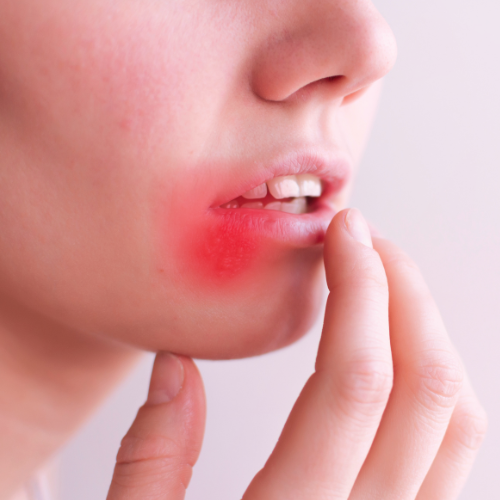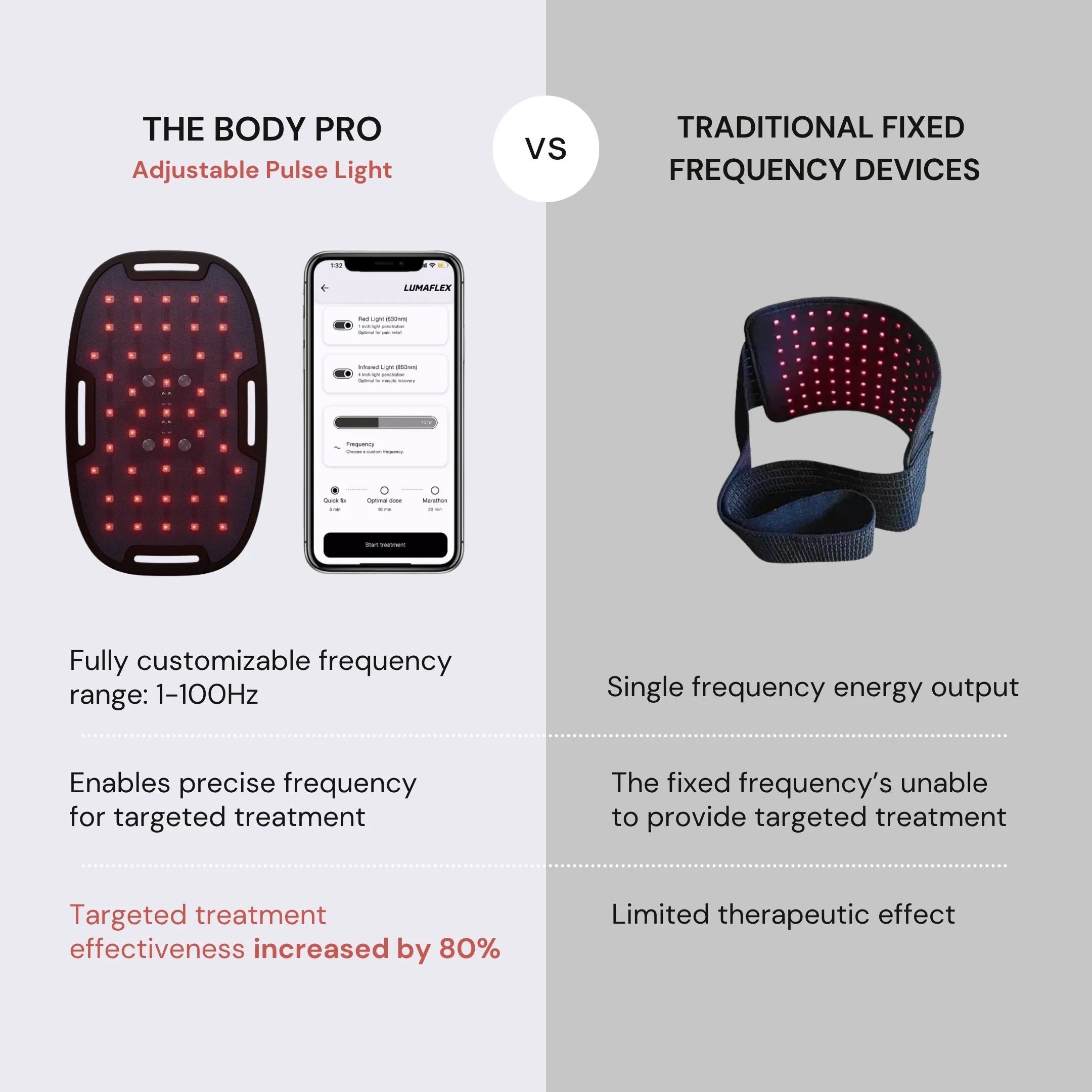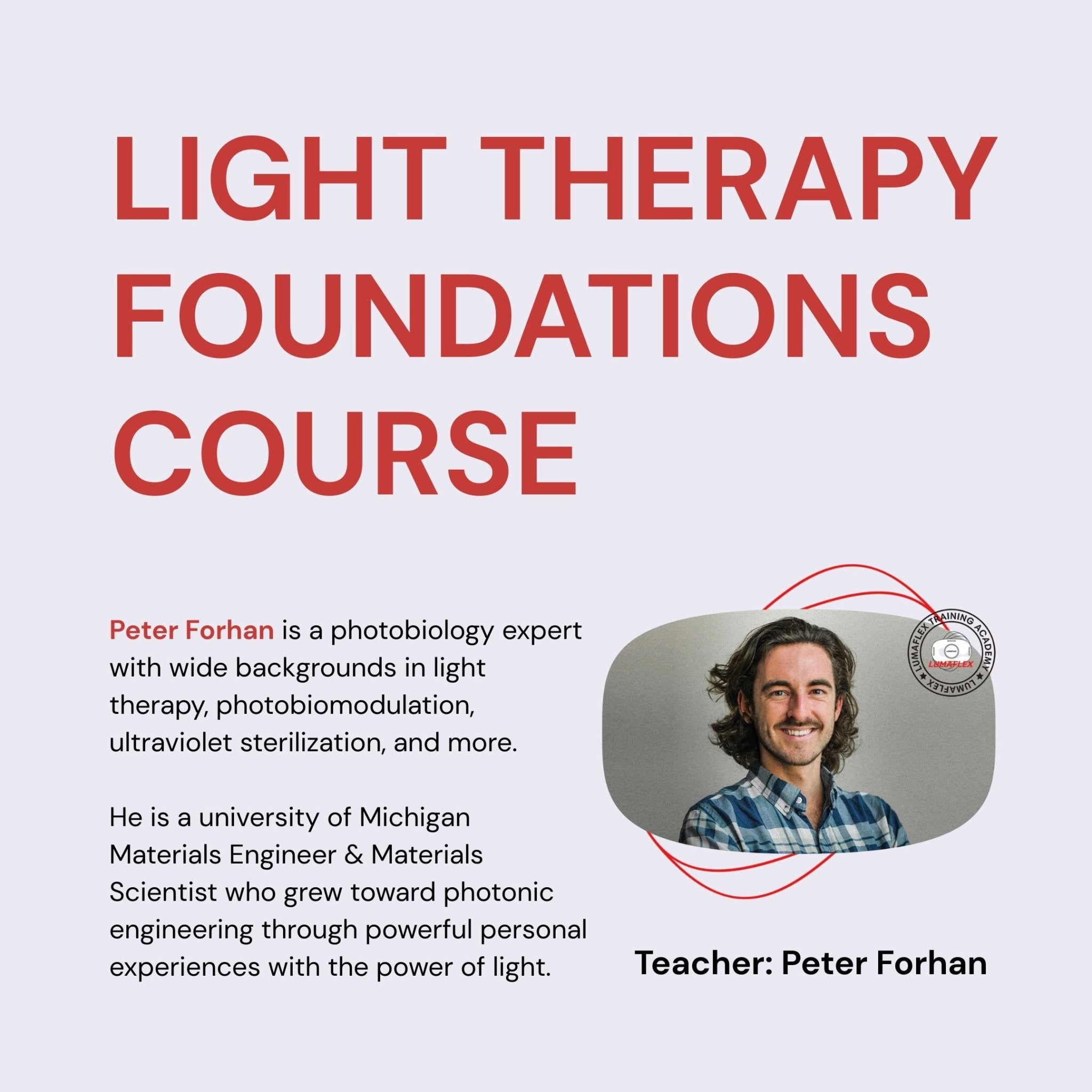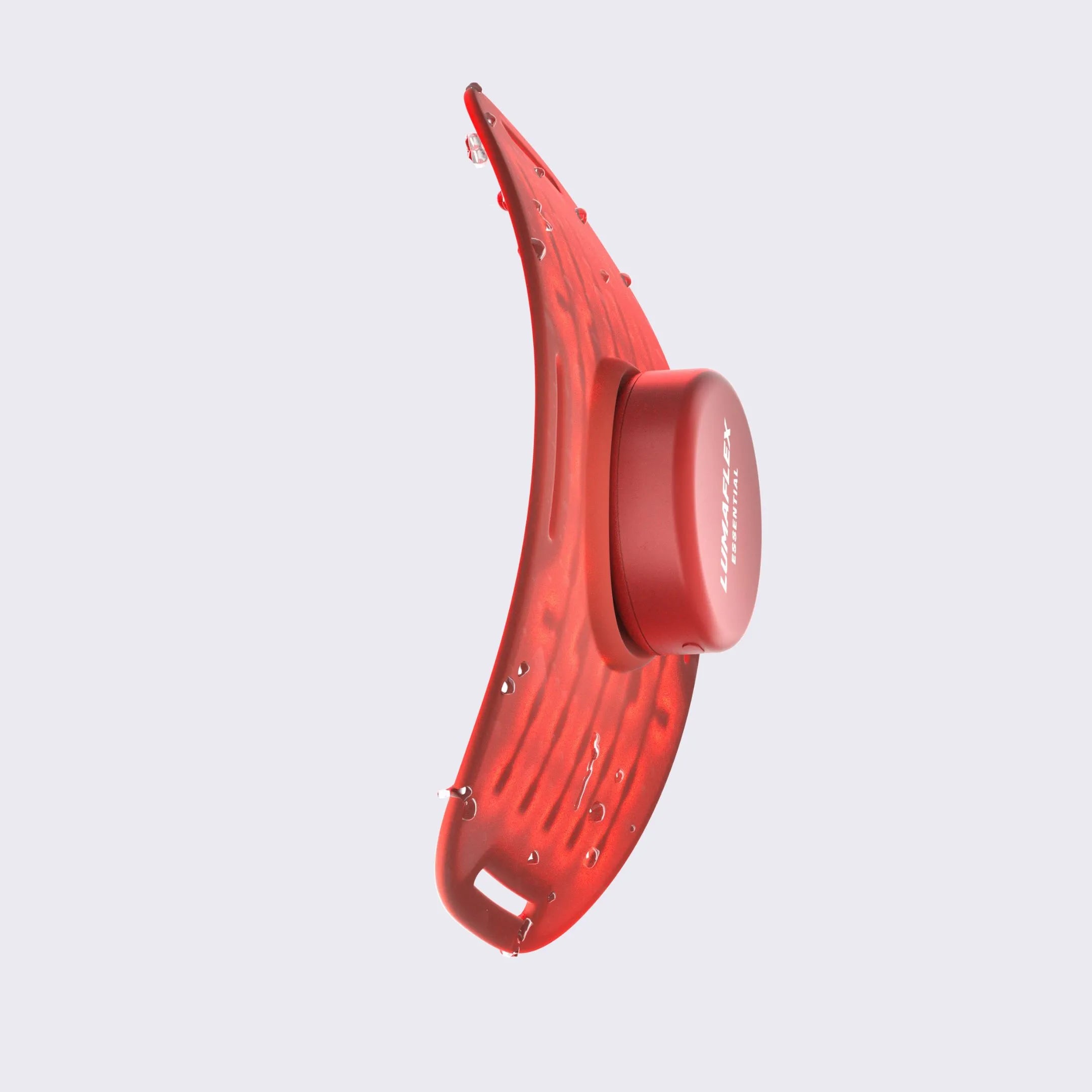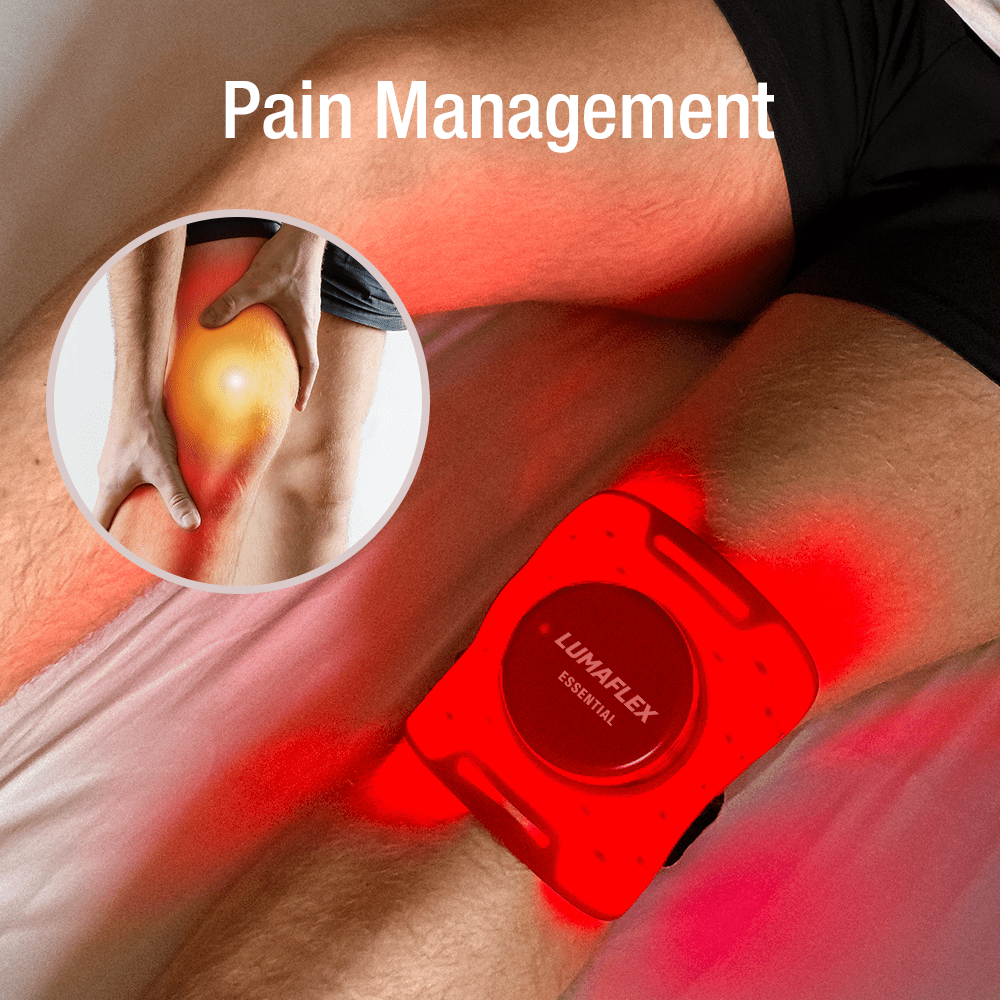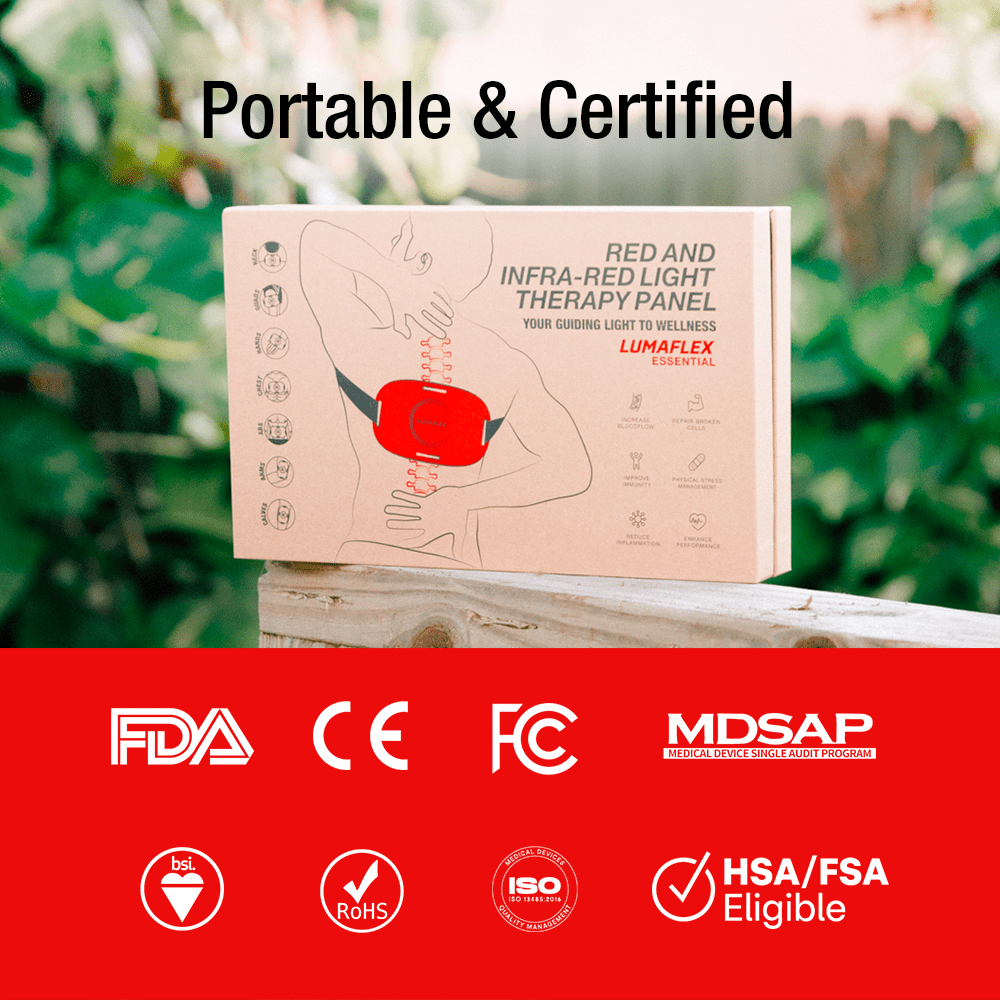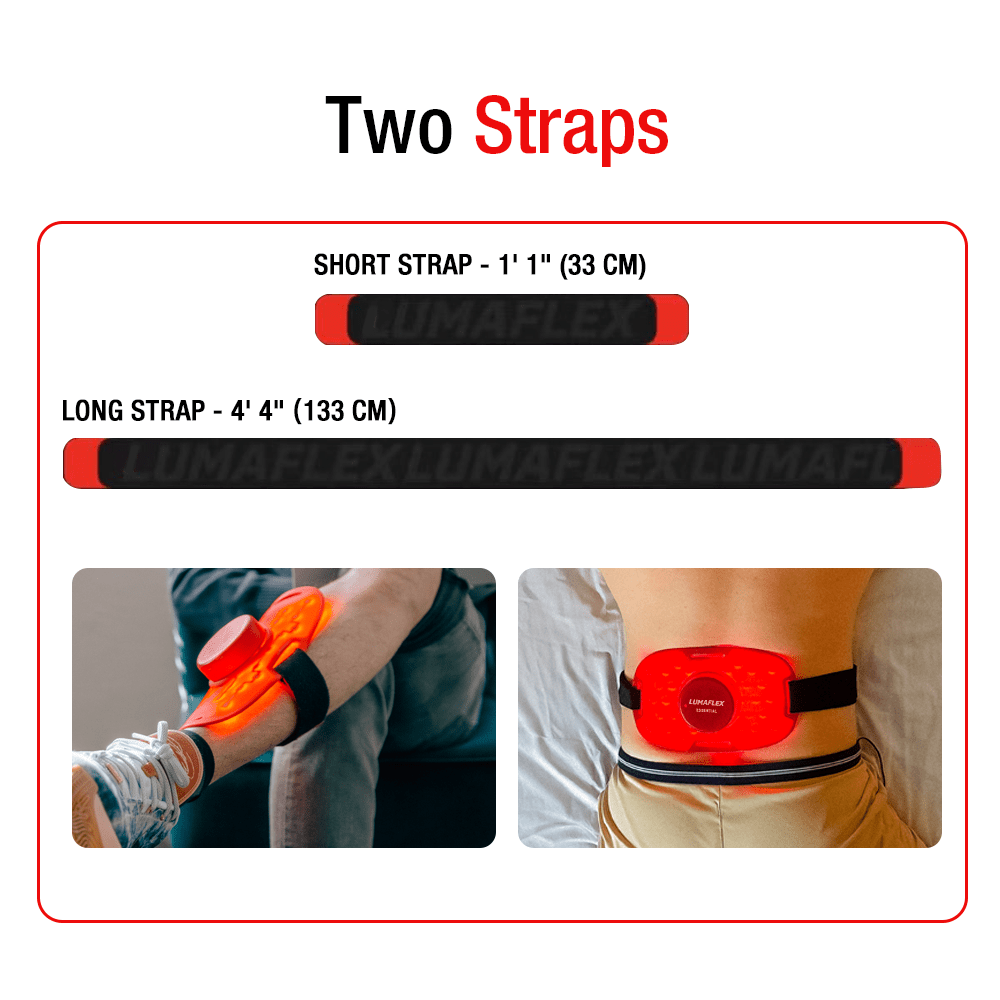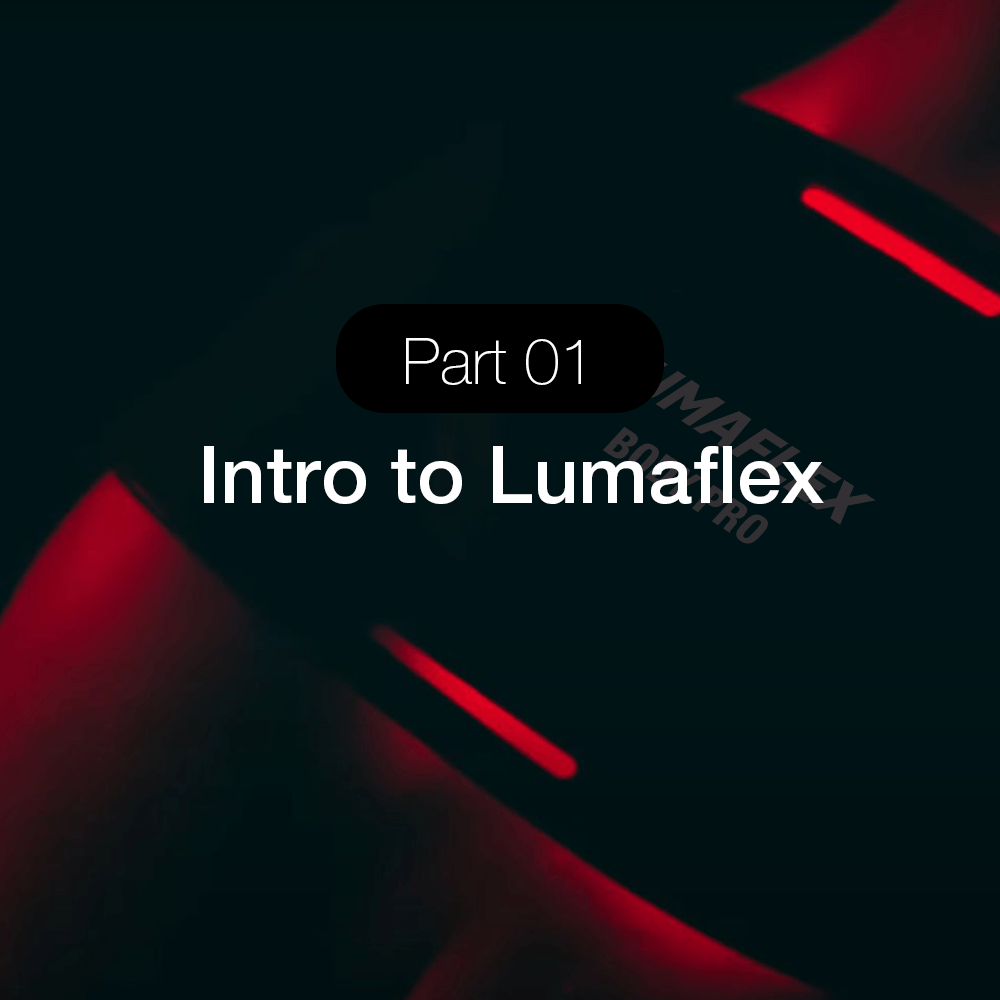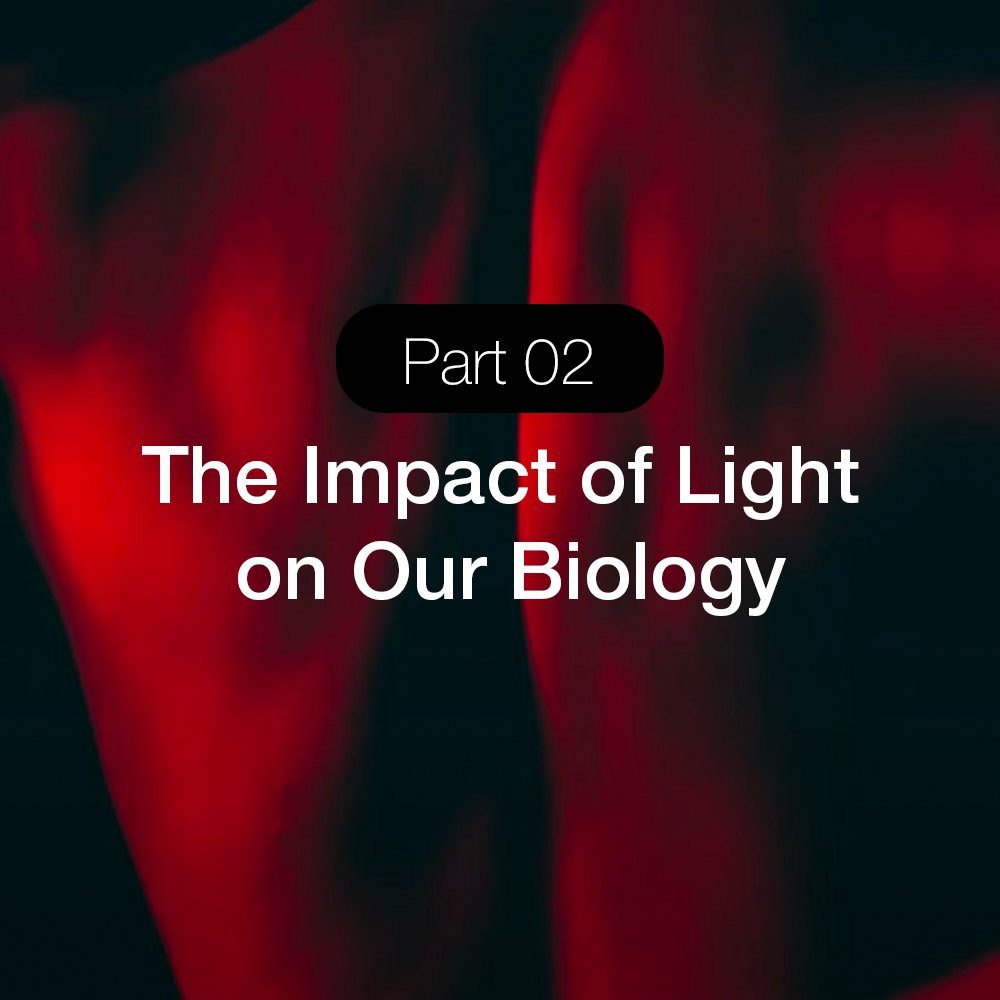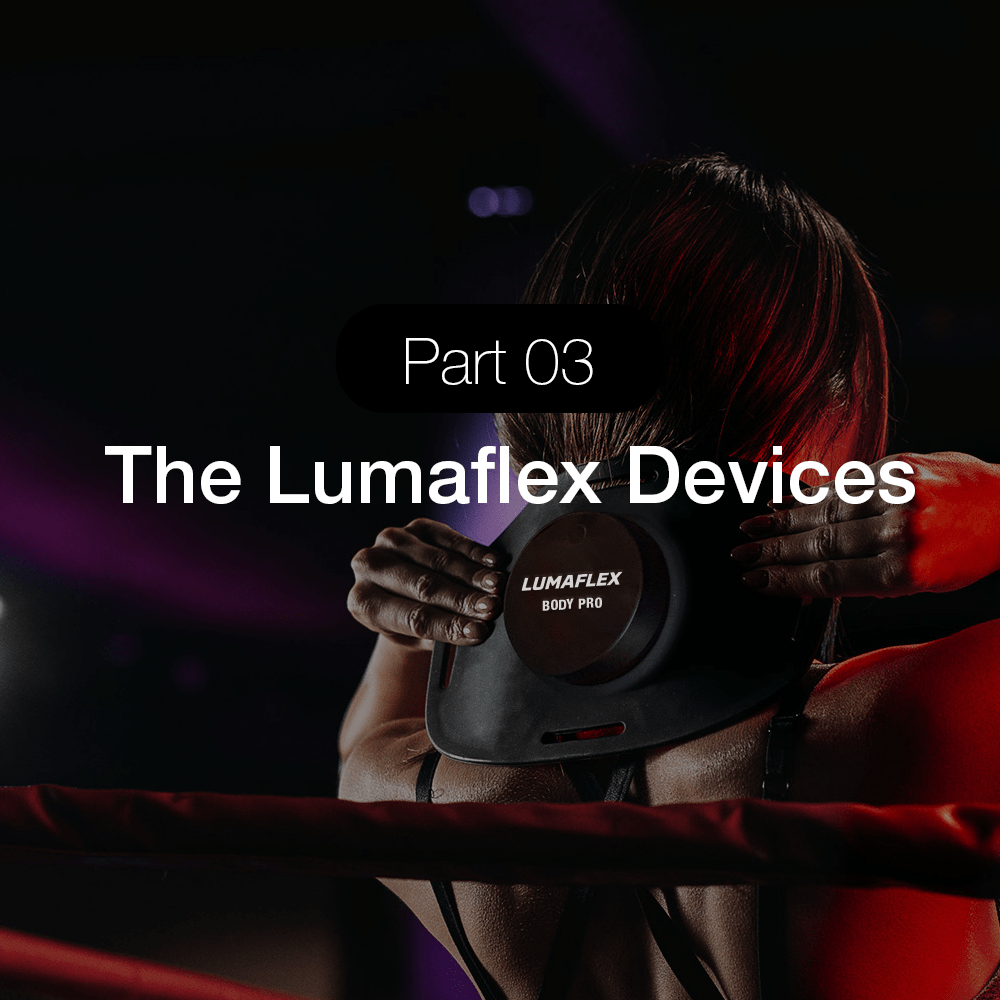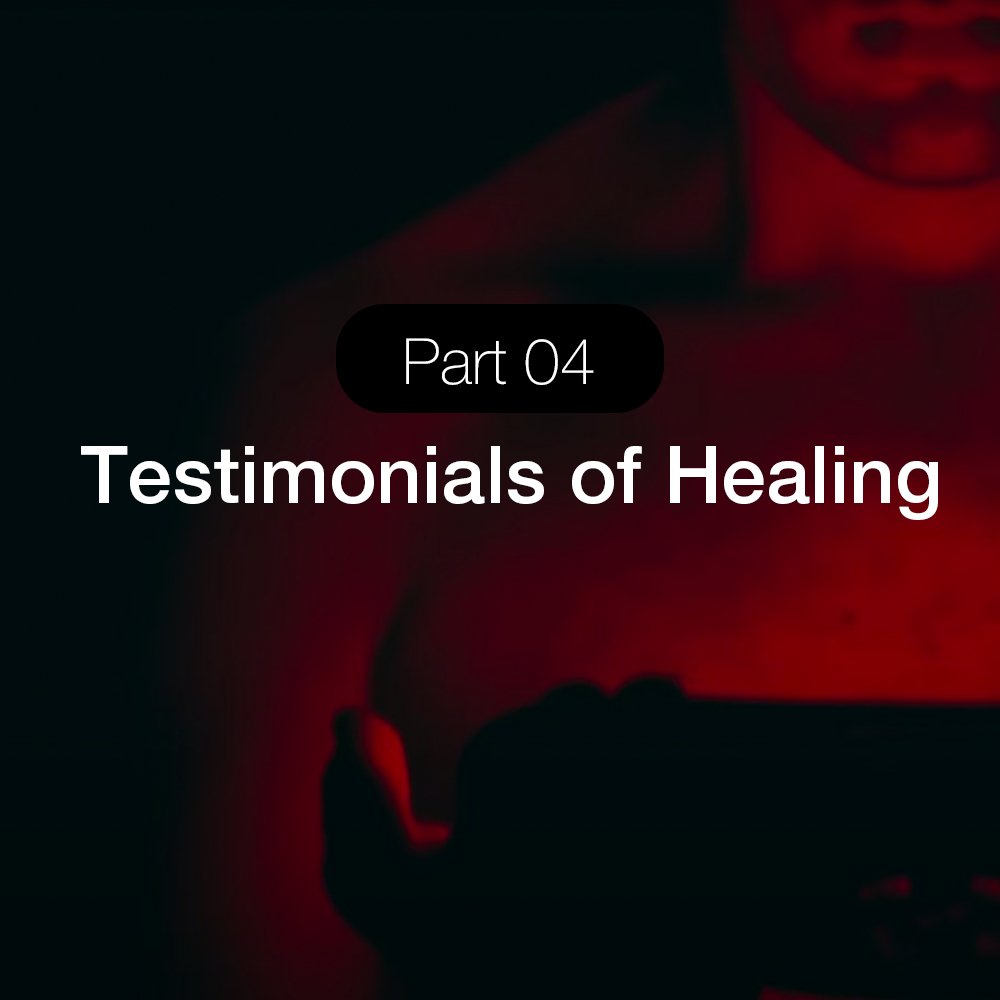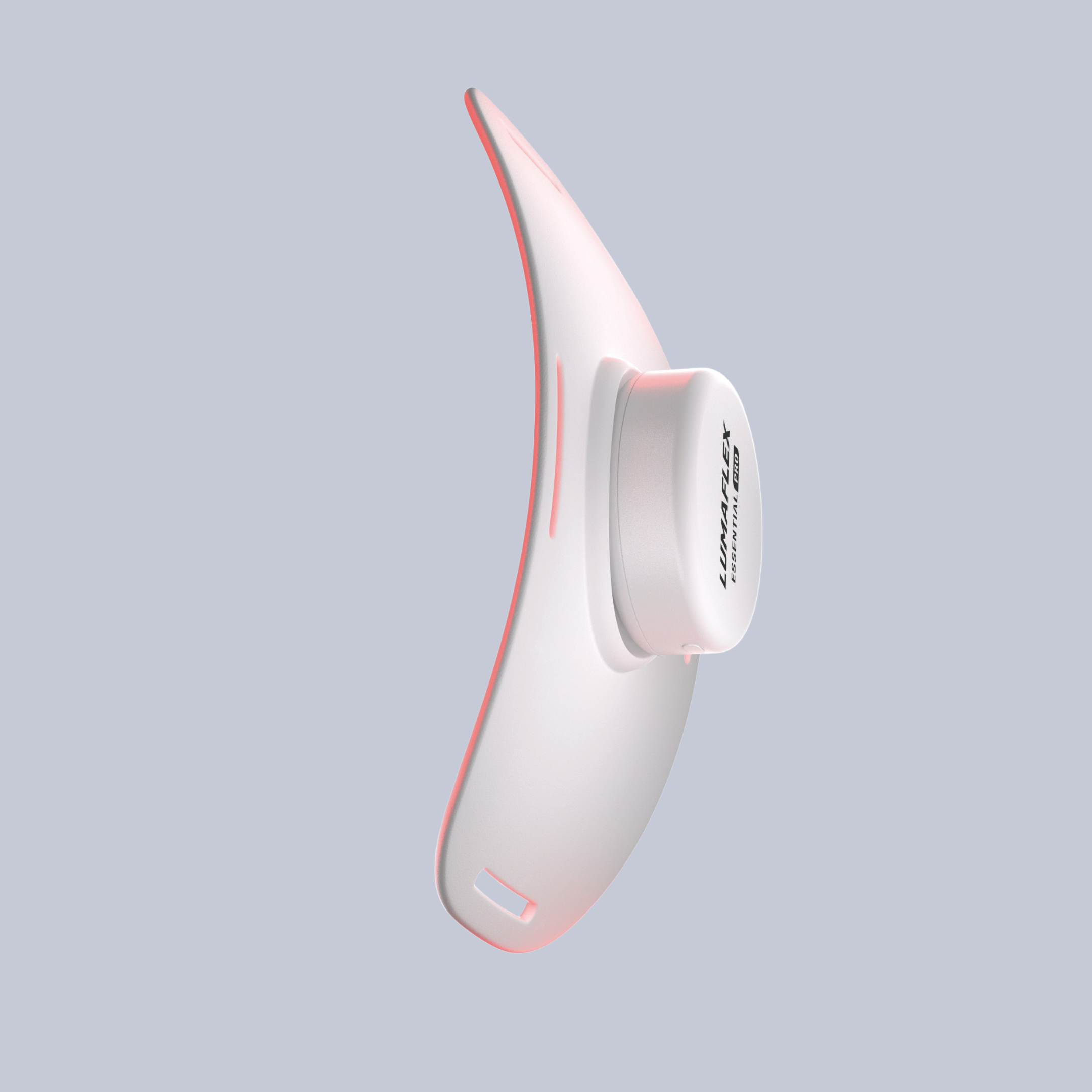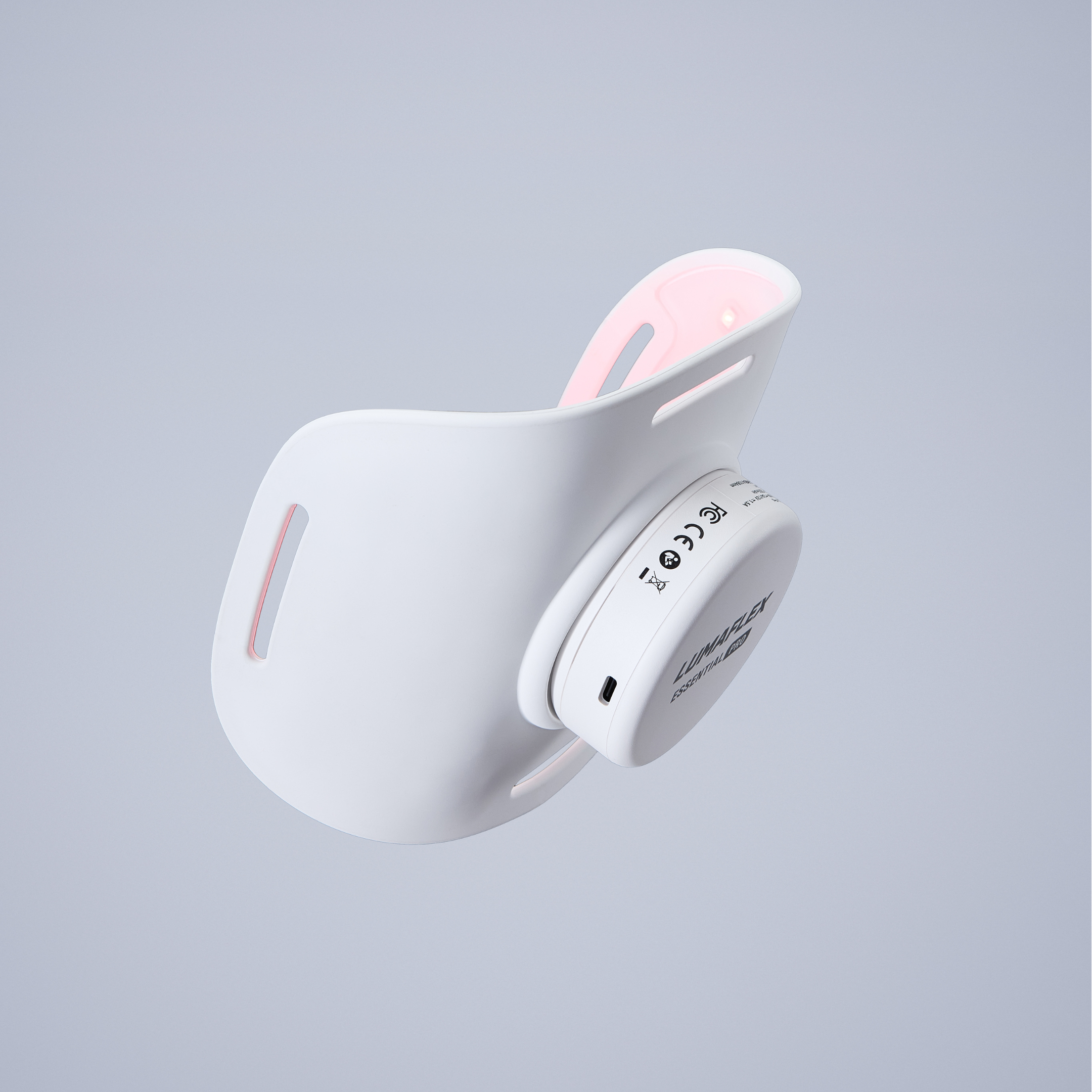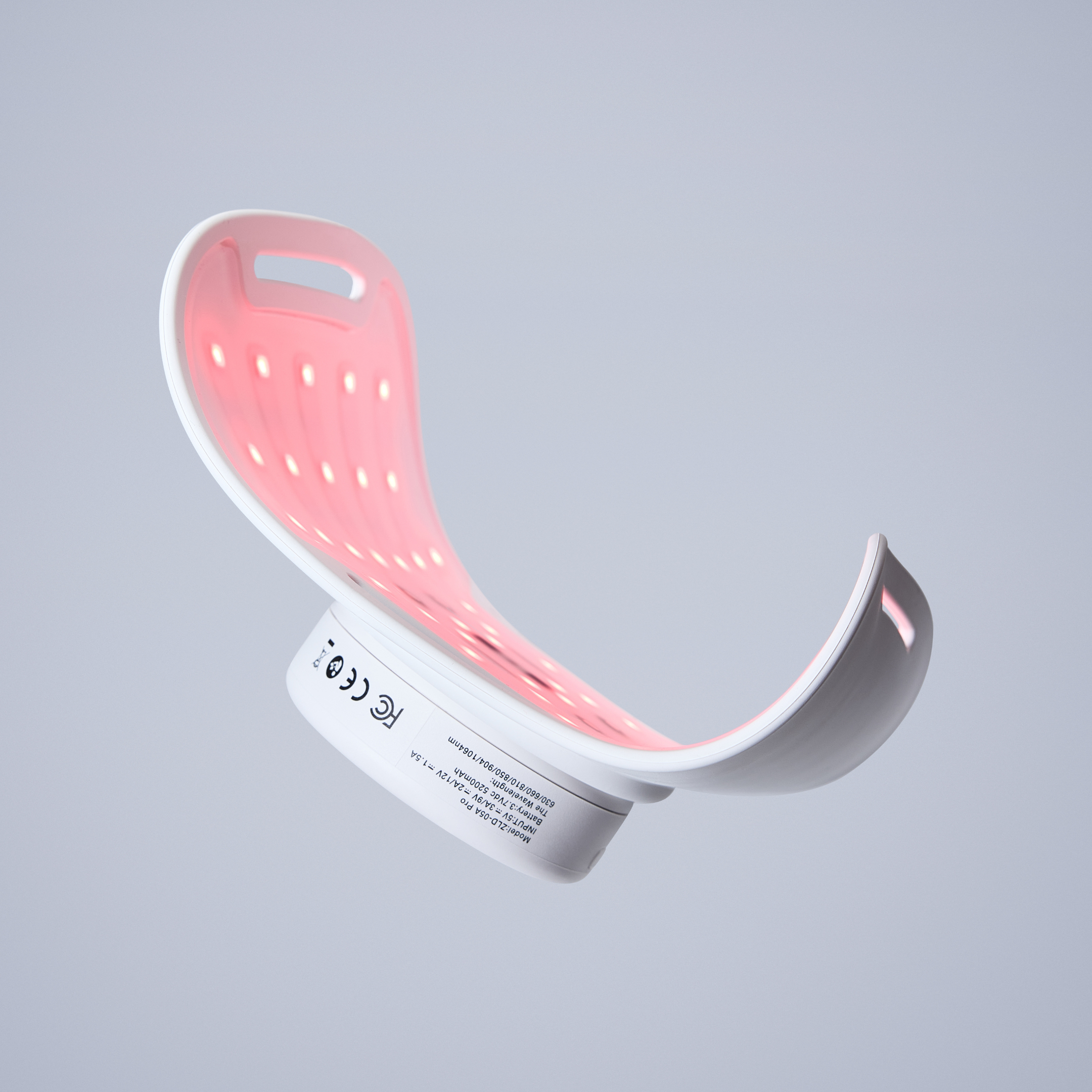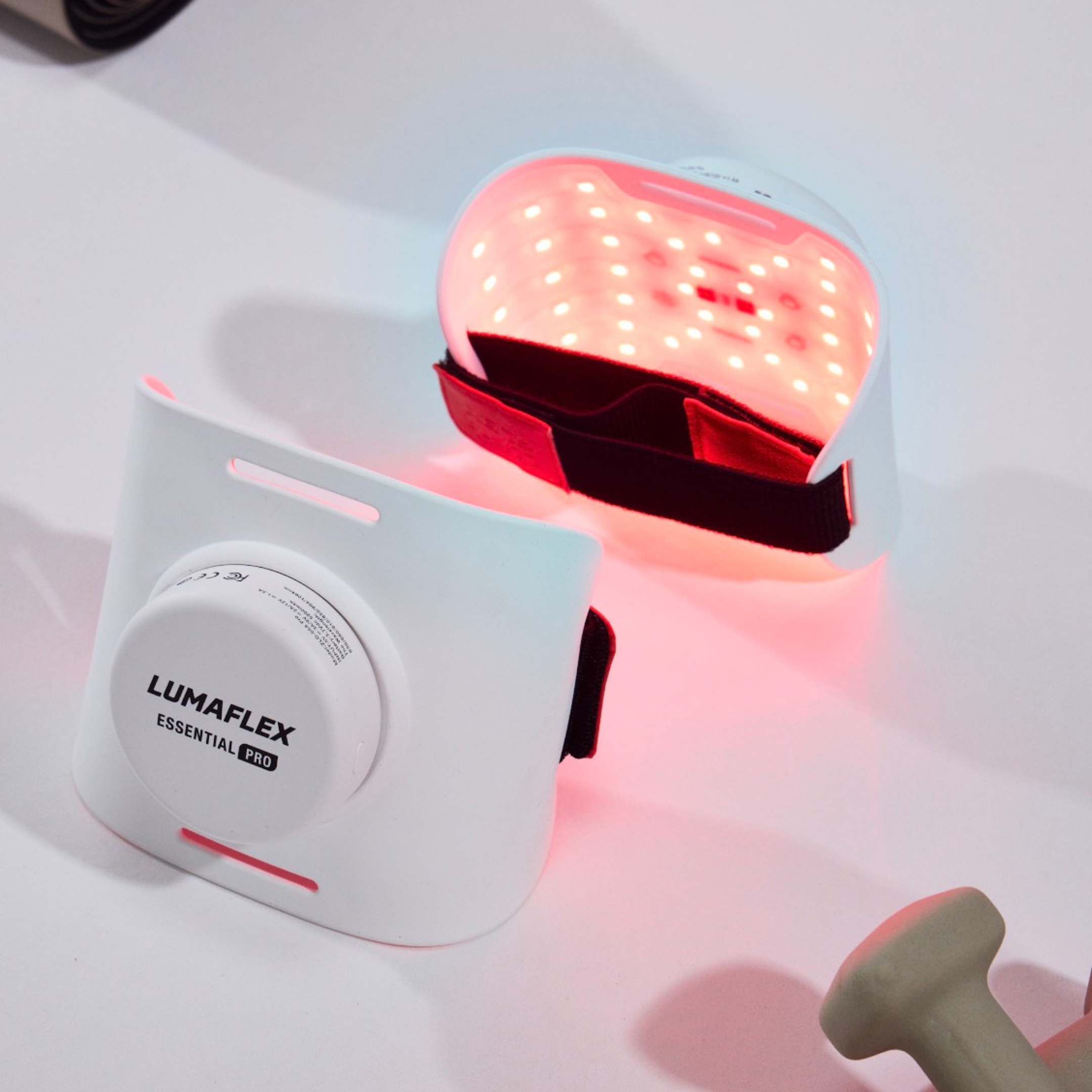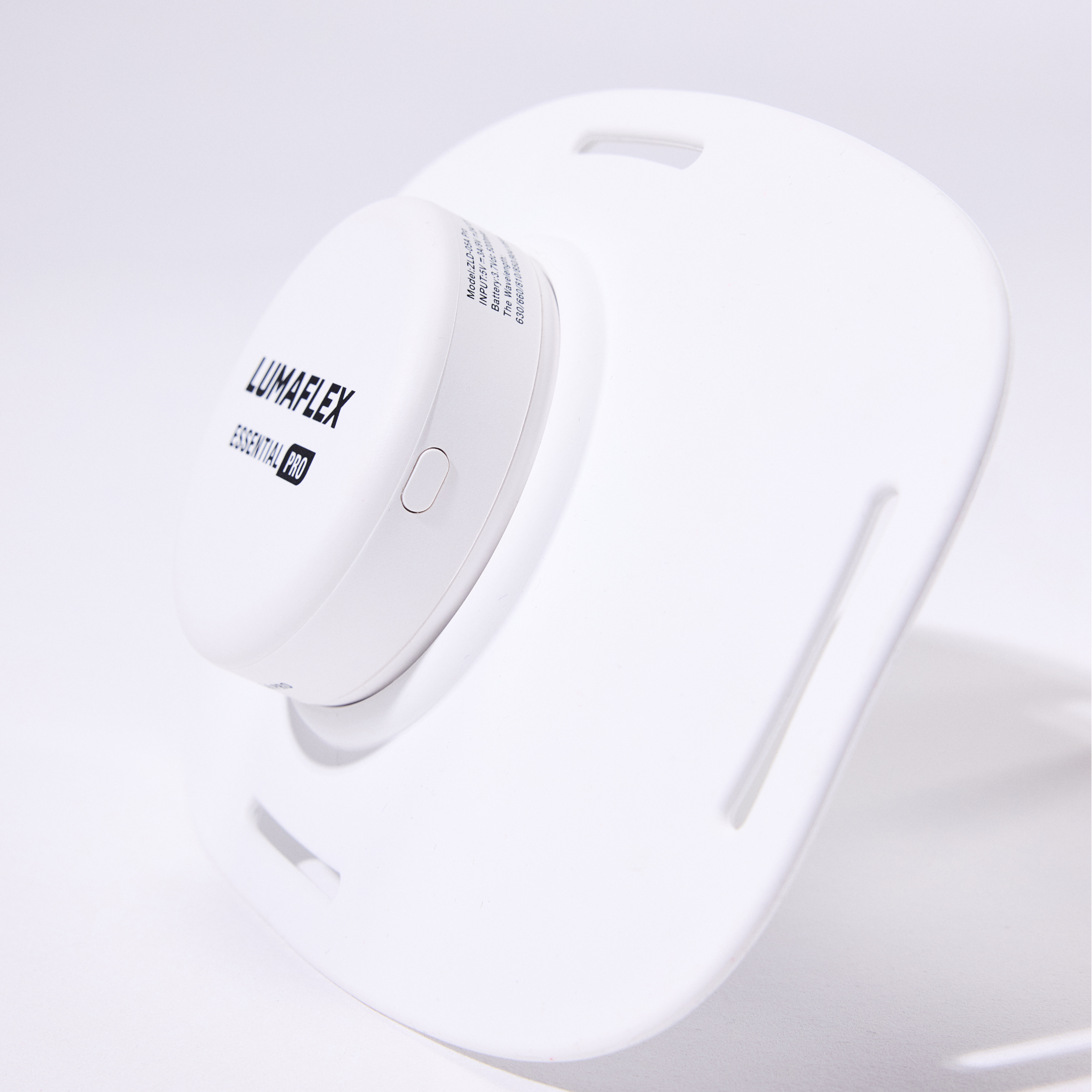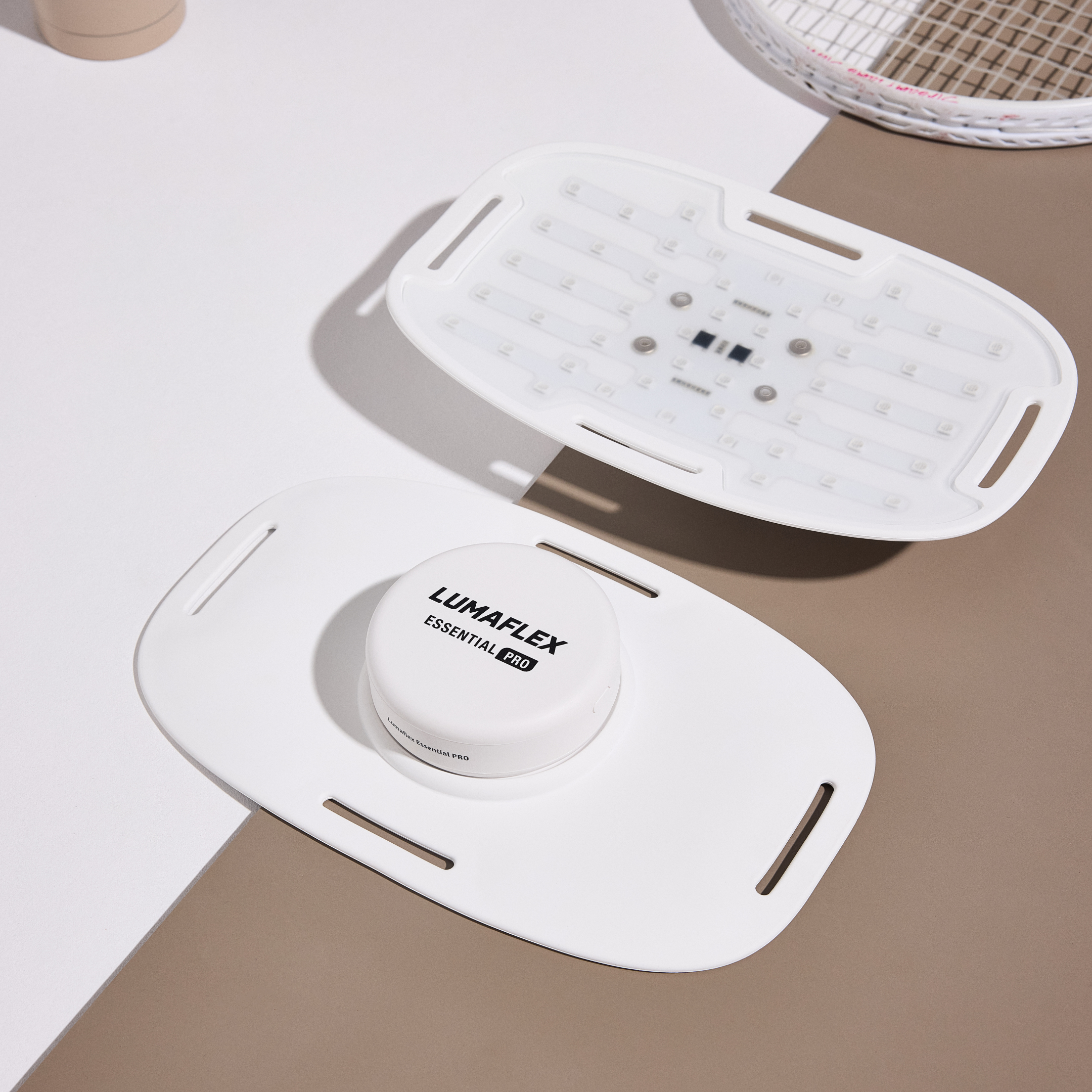Red Light Therapy for Depression: A Mental Wellness Breakthrough

Table of content
- 1. Introduction
- 2. What is Red Light Therapy? Uncovering the Power of Light for Healing
- 3. How Red Light Therapy Can Transform Your Mental Health
- 4. Scientific Research Supporting Red Light Therapy for Depression: What the Studies Show
- 5. How Red Light Therapy Can Complement Traditional Depression Treatments
- 6. Red Light Therapy Devices for Home Use
- 7. Safety and Side Effects of Red Light Therapy
- 8. Growing Interest in Red Light Therapy for Mental Health
- 9. Conclusion
- 10. Related Posts
Introduction
Are you considering red light therapy for depression as a natural, drug-free solution? Red light therapy for depression is emerging as a promising, non-invasive treatment that may offer relief without the need for medication. Depression is a widespread mental health issue, affecting millions and significantly impacting daily life, work, and relationships. Traditional treatments like medications and therapy can be effective for some, but they often come with side effects or fail to work for everyone. As a result, many individuals are seeking alternative depression treatments that offer a safer, more holistic approach.
Red light therapy, originally used for physical healing, is now being explored for its potential to improve mental wellness by stimulating the brain with specific wavelengths of light. This article will explore how red light therapy works, its potential benefits, and why it’s gaining recognition in mental health care today.
What is Red Light Therapy? Uncovering the Power of Light for Healing

What is Red Light Therapy?
Red light therapy is a non-invasive treatment that uses low-wavelength red light to penetrate the skin, stimulating biological processes that support healing and improve cell function. This innovative therapy is gaining attention for its potential benefits, not only for physical conditions but also for mental health.
How Red Light Therapy Works to Boost Your Cells' Energy
Red light therapy works by stimulating the mitochondria, the powerhouse of our cells, to increase the production of adenosine triphosphate (ATP). ATP is the primary energy source for cells, and increased ATP production supports better cellular function, healing, and regeneration across the body.
Key Benefits of Red Light Therapy: How It Supports Your Health
- Reduces Inflammation: Reduces swelling and inflammation, particularly in the brain, which may offer relief to those suffering from depression.
- Enhances Circulation: Improves blood flow to damaged areas, helping deliver more oxygen and nutrients, which aids faster recovery.
- Promotes Faster Tissue Repair: Accelerates the healing process and reduces recovery time for physical injuries and mental health challenges.
The Evolution of Red Light Therapy: From Skin Treatments to Mental Health Breakthrough
- Starting with Skin Treatments: Originally used for wound healing and scar reduction, red light therapy showed early promise in improving skin health.
- Expansion into Broader Medical Uses: Over time, it was applied to cancer recovery, boosting cellular energy and helping patients heal faster.
- Red Light Therapy for Mental Wellness: Today, it’s being explored as a powerful tool in improving mental health, including its potential to treat depression and enhance overall well-being.
Red light therapy’s ability to stimulate biological processes and support cellular energy makes it an exciting and accessible option for healing, from physical conditions to mental wellness.
How Red Light Therapy Can Transform Your Mental Health

Red Light Therapy’s Impact on Brain Chemistry
Red light therapy plays a pivotal role in improving mental health by enhancing brain chemistry. Research indicates that red light exposure boosts serotonin, a neurotransmitter linked to positive mood regulation, often referred to as the “feel-good” hormone. One study published in International Journal of Clinical and Health Psychology found that red light therapy significantly increased serotonin production, improving mood and reducing depressive symptoms (Chen et al., 2023). Additionally, red light therapy regulates cortisol, the stress hormone, which is elevated in individuals suffering from depression. By reducing cortisol levels, this therapy helps balance stress and promotes a more stable emotional state (Benedetti et al., 2011).
Mood and Energy Boost: Natural Antidepressant Alternative
Red light therapy offers a natural, drug-free approach to alleviate depressive symptoms, increase energy levels, and improve overall mood. A study conducted by the Journal of World Future Medicine found that participants who underwent regular red light therapy sessions experienced a noticeable reduction in depressive symptoms, including fatigue, low energy, and low motivation (Riniati et al., 2024). The therapy's ability to increase ATP production also boosts cellular energy, promoting better mental clarity and emotional resilience. These findings suggest that red light therapy could be an effective alternative to traditional antidepressants, particularly for those seeking non-pharmaceutical options.
Reducing Inflammation: A Key to Better Mental Health
One of the leading factors contributing to depression is neuroinflammation—an inflammatory response in the brain. Red light therapy has been shown to reduce neuroinflammation, which can help alleviate symptoms of depression. A study published in Molecular Neurobiology demonstrated that red light therapy helped reduce inflammation in brain tissues, potentially improving mood and cognitive function (Salehpour et al., 2018). By promoting cellular repair and reducing inflammation, red light therapy supports mental well-being and could be a valuable tool in managing depression.
Improved Sleep: A Crucial Factor for Mental Wellness
Sleep disturbances are common in individuals with depression, and poor sleep exacerbates mood disorders. Red light therapy can improve sleep quality by regulating circadian rhythms, which are essential for a healthy sleep-wake cycle. Research published in Nature Reviews Neuroscience found that red light exposure enhances sleep quality, contributing to better mood regulation and emotional balance (Le Gates et al., 2014). Improved sleep patterns have a direct effect on reducing depressive symptoms, as sleep is crucial for maintaining mental health.
Research on Sleep and Depression
Studies show that red light therapy not only improves sleep but also reduces depressive symptoms. A clinical trial reported in the Frontiers in Psychiatry found that participants who used red light therapy experienced more restful sleep and a decrease in anxiety and depression scores (Pan et al., 2023). These results highlight the therapeutic potential of red light therapy, not just for improving sleep, but also for enhancing overall mental health and emotional stability.
With mounting research supporting its benefits, red light therapy for mood enhancement and depression treatment offers a multifaceted, natural alternative that can improve serotonin levels, reduce inflammation, and promote better sleep, all contributing to enhanced mental wellness.
Scientific Research Supporting Red Light Therapy for Depression: What the Studies Show

Groundbreaking Studies: How Red Light Therapy is Transforming Depression Treatment
Numerous studies have explored the effectiveness of red light therapy for depression, providing compelling evidence of its potential benefits. A pivotal study published in The Journal of Affective Disorders (2018) investigated the effects of red light therapy on patients with major depressive disorder (MDD). The study found that individuals who received red light therapy showed a significant reduction in depressive symptoms, with improvements in mood and energy levels after several weeks of treatment. Researchers concluded that red light therapy could be a valuable adjunct treatment for those struggling with depression, particularly when combined with other therapeutic methods.
In another study, published in Psychiatry Research: Neuroimaging (2019), researchers examined the impact of light therapy on individuals with seasonal affective disorder (SAD), a type of depression linked to seasonal changes in light. Participants who underwent red light therapy experienced notable improvements in mood and a reduction in fatigue. This research highlights how red light therapy can effectively treat specific forms of depression that are typically more challenging to manage.
Evidence of Success
Real-world evidence further supports the therapeutic benefits of red light therapy for depression. A case study published in Frontiers in Psychology (2020) highlighted an individual with chronic depression who incorporated red light therapy into their routine. After consistent use over several weeks, the patient reported feeling more energized, having improved sleep quality, and experiencing a significant lift in their mood. Such anecdotal reports reflect the growing body of evidence showing how red light therapy can have a profound impact on individuals’ mental health, with many patients noting sustained improvements in energy, mood, and overall well-being.
Additionally, a review of red light therapy studies published in Journal of Clinical Medicine (2021) analyzed clinical trials involving depression treatment. It found that red light therapy led to significant reductions in depression severity, with many participants reporting increased serotonin levels and decreased cortisol, which is linked to stress. This review further solidified red light therapy’s position as an effective treatment for alleviating depressive symptoms, especially in patients who did not respond well to traditional treatments.
Comparison with Traditional Treatments
When compared to traditional treatments like antidepressants and talk therapy, red light therapy presents several key advantages. Antidepressants are often associated with side effects such as weight gain, sexual dysfunction, and emotional numbness, which can be discouraging for patients seeking long-term relief. On the other hand, red light therapy is non-invasive, with minimal side effects. Studies indicate that the most common side effects are mild, such as slight eye strain or skin irritation, which can be easily avoided by following proper usage guidelines.
Furthermore, while talk therapy is effective for many, it requires ongoing sessions, which may not always be feasible for everyone. Red light therapy, by contrast, can be used at home, making it more accessible and convenient for patients who may not have access to therapy or prefer a more independent form of treatment. As a non-pharmacological approach, it offers an alternative for individuals looking to avoid medication or supplement their existing treatments.
| Aspect | Antidepressants | Talk Therapy | Red Light Therapy |
|---|---|---|---|
| Treatment Approach | Medication-based; alters brain chemistry | Psychotherapeutic engagement with a licensed therapist | Light-based, non-invasive therapy that stimulates biological processes |
| Effectiveness | Effective for many, but can take weeks/months; not always effective | Effective for those who actively engage; results vary | Shown to improve mood, energy, and sleep within a short time |
| Side Effects | Weight gain, sexual dysfunction, emotional numbness, withdrawal symptoms | Low physical side effects; may cause emotional fatigue or distress | Minimal side effects (e.g., mild eye strain or skin irritation); typically well-tolerated |
| Accessibility | Requires prescription, ongoing doctor visits | Requires access to a qualified therapist; session-based and location-dependent | Can be used at home; no prescription needed; portable devices widely available |
| Time Commitment | Ongoing daily or weekly medication with delayed results | Weekly sessions over months or years | Quick 10–20 minute sessions; flexible home schedule |
| Cost | Monthly medication costs + doctor visits | Can be costly over time due to frequency and duration of sessions | One-time device cost; minimal recurring expenses |
| Treatment-Resistant Options | Limited options beyond medication changes | May not benefit all, especially those resistant to talk therapy | Promising alternative for individuals with treatment-resistant depression |
| User Empowerment & Convenience | Dependent on medical system and adherence | Requires emotional availability, scheduling, and therapist compatibility | High autonomy; self-directed care from the comfort of home |
| Innovation & Future Outlook | Ongoing pharmaceutical research | Evolving therapeutic methods and online therapy availability | Rapidly emerging as a natural, science-backed alternative with growing clinical support |
How Red Light Therapy Can Complement Traditional Depression Treatments
Adjunct Therapy
Red light therapy can be a highly effective adjunct therapy to traditional treatments for depression, such as medication and psychotherapy. By enhancing the effects of these treatments, it helps individuals achieve more comprehensive mental health benefits. Here’s how it complements traditional approaches:
- Enhances mood regulation: Boosts serotonin production, improving emotional well-being.
- Reduces inflammation: Helps decrease neuroinflammation, which has been linked to depressive symptoms.
- Improves sleep: Supports better sleep patterns, crucial for mood stabilization.
For individuals already undergoing medication or therapy, incorporating red light therapy can lead to more consistent and faster symptom relief.Non-Pharmacological Approach One of the standout features of red light therapy is its non-pharmacological nature. This makes it an attractive option for those looking for a drug-free treatment for depression. Some key advantages include:
- No prescription required: It provides an alternative for those hesitant to take antidepressants or other medications.
- Fewer side effects: Unlike antidepressants, red light therapy has minimal to no side effects, with issues like eye strain or skin irritation being rare and easily avoided.
- Natural and safe: It utilizes the body’s own biological processes to boost mood and mental health without the risks associated with pharmaceuticals.
For people seeking a more natural approach to managing depression, red light therapy offers an effective, low-risk option.Personalized Treatment Red light therapy offers a personalized treatment experience that can be tailored to suit individual needs based on the severity and type of depression. The treatment can be adjusted in several ways:
- Mild depression: Red light therapy can be used alone as a standalone treatment for symptom management.
- Moderate to severe depression: Works best when used alongside medication or psychotherapy to complement and enhance their effects.
- Flexible treatment plans: Session duration and frequency can be customized to fit personal schedules and lifestyle needs, making it easy to integrate into daily life.
This adaptability ensures that red light therapy can be customized to provide the most effective treatment based on individual needs and preferences.
Red Light Therapy Devices for Home Use
At-Home Options
The availability of red light therapy devices for home use has expanded significantly, giving individuals the freedom to incorporate therapy into their daily routines. There are several types of devices designed to cater to different needs and preferences:
- Handheld devices: Portable and easy to use, these devices allow you to target specific areas, such as the face or joints, for focused treatment.
- Full-body panels: Larger devices that provide full-body coverage, ideal for those who want a more comprehensive therapy session.
- Face masks: Designed specifically for facial treatments, these masks offer convenience and targeted therapy to help with skin rejuvenation and mood regulation.
These options make it possible to choose a device that best suits your lifestyle and treatment goals, whether you’re looking for a quick session or a more extensive, full-body experience.
Convenience
One of the key advantages of home therapy is its incredible convenience. Using red light therapy at home eliminates the need for clinic visits or appointments. Here’s how it fits easily into daily routines:
- Flexible use: Red light therapy sessions can be incorporated into your day whenever it’s most convenient for you—whether in the morning, during breaks, or before bed.
- Consistency: Regular use is essential for optimal results, and at-home devices allow for the consistency needed to experience the full benefits of therapy.
- No need to leave the house: You can enjoy the benefits of red light therapy without the hassle of travel or scheduling, making it an easy and accessible option for everyone.
With these devices, maintaining a daily routine becomes simple and convenient, allowing for ongoing mental wellness support.
Effectiveness
While professional-grade devices may offer more intense treatments, at-home treatments still provide significant benefits when used regularly. Many at-home devices are designed with similar technology as clinical-grade models, ensuring that you receive an effective treatment at a fraction of the cost. Some benefits of at-home red light therapy include:
- Improved mood and energy: Even lower-powered devices can stimulate mitochondrial activity, leading to mood enhancements and a natural energy boost.
- Reduced inflammation: Consistent use helps to reduce brain inflammation and improve mental clarity, providing a steady improvement in overall well-being.
- Affordable and accessible: At-home devices make red light therapy accessible to a wider audience, offering a cost-effective alternative to professional treatments.
Whether you opt for a handheld device, full-body panel, or face mask, regular use of these devices can lead to noticeable improvements in mood, energy, and sleep—key elements in managing depression.
Red Light Therapy Device Comparison: Lumaflex vs. Joovv vs. Mito
| Feature | Lumaflex | Joovv | Mito |
|---|---|---|---|
| Device Type | Wearable panels (Essential & Body Pro) | Modular panels (Solo, Mini, Elite) | Panels (MitoPRO, MitoPOD, Mito Mobile) |
| FDA-Cleared | Yes (Class II) | Yes (Class II) | Yes (Class II) |
| Wavelengths | 630nm (Red), 850nm (NIR) | 660nm (Red), 850nm (NIR) | 660nm (Red), 850nm (NIR) |
| Irradiance | 45 mW/cm² (red light), 30 mW/cm² (NIR) | Up to 100 mW/cm² | Up to 150 mW/cm² |
| Treatment Area | Targeted (wearable wraps) | Full-body (modular panels) | Full-body (panels) |
| Portability | Highly portable (wearable design) | Portable (modular panels) | Portable (panels) |
| Battery Life | Up to 3 hours | Varies by model | Varies by model |
| App Connectivity | Yes (Lumaflex App) | Yes (Joovv App) | Yes (Mito App) |
| Waterproof | Yes (IP67 rated) | No | No |
| Price Range | $689 (Body Pro) | $1,599 (Solo 3.0) | $449 (MitoPRO+), $1,699 (MitoPOD) |
| Warranty | 2 years | 2 years | 2 years |
| Ideal For | Targeted pain relief, muscle recovery, on-the-go use | Full-body treatments, home wellness setups | Full-body treatments, advanced features |
Key Takeaways:
- Lumaflex: Offers flexible, wearable panels ideal for targeted therapy sessions, making it perfect for individuals seeking portability and convenience.
- Joovv: Provides modular panels suitable for full-body treatments, catering to those looking for comprehensive wellness solutions at home.
- Mito: Features panels with advanced specifications, including higher irradiance and additional wavelengths, appealing to users interested in more customizable and potent therapy sessions.
Each device has its unique strengths, so consider your specific needs, such as treatment area, portability, and desired features, to choose the one that best fits your lifestyle.
Safety and Side Effects of Red Light Therapy
One of the key reasons red light therapy is gaining popularity is its non-invasive and low-risk nature. Unlike many traditional treatments for depression, red light therapy does not require surgery or the use of medication. It works by applying low-wavelength red light to the skin, which is gentle on the body and generally safe for most people. When used according to the manufacturer’s instructions, red light therapy offers a safe and effective way to address mental health issues such as depression, without the risks associated with pharmaceuticals or invasive procedures.
This makes red light therapy an attractive option for individuals seeking a natural, drug-free approach to managing their depression. Whether used at home or in a clinical setting, it provides a low-risk treatment that supports overall well-being.
Minimal Side Effects
Like any therapy, red light therapy does have some potential side effects, although they are typically rare and mild. The most common side effects include:
- Eye strain: Some people may experience eye strain if they do not use proper protective eyewear, particularly when treating areas near the eyes.
- Mild skin irritation: In some cases, prolonged exposure to red light therapy may cause mild irritation, especially for individuals with sensitive skin.
These side effects are generally minimal and can be easily avoided with proper use, such as limiting exposure time, using protective eyewear, and following the device’s guidelines. Compared to many other treatments for depression, the risk of side effects is extremely low, making red light therapy an attractive alternative.
Consultation
Before starting red light therapy, it’s always a good idea to consult with a healthcare provider, particularly if you have any underlying health conditions or are currently taking medication. While red light therapy is generally safe, a healthcare provider can help determine whether it’s the right treatment for your specific situation. This is especially important for individuals with conditions like light sensitivity or those who are on medications that may make them more sensitive to light exposure.
By seeking professional advice, you ensure that red light therapy is integrated into your treatment plan safely, allowing you to benefit from this non-invasive treatment without any unexpected complications.
Growing Interest in Red Light Therapy for Mental Health
Red light therapy has gained significant attention in recent years as an innovative and non-invasive treatment for a range of mental health conditions, including depression, anxiety, PTSD, and other mood disorders. As awareness grows, more individuals and healthcare professionals are considering it as an effective alternative or supplement to traditional treatments. The growing recognition of red light therapy can be attributed to its:
- Non-Invasive Nature: Red light therapy offers a safe and non-invasive alternative to medication, making it an attractive option for those who wish to avoid the side effects associated with pharmaceutical treatments.
- Minimal Side Effects: Compared to antidepressants and other medications, red light therapy has few known side effects, providing a gentler approach to improving mental wellness.
- Potential as a Complementary Treatment: Red light therapy is increasingly seen as part of a broader treatment plan, used alongside medication, psychotherapy, or lifestyle changes to enhance overall outcomes for mental health.
As it becomes more widely available, red light therapy is poised to play a larger role in managing mental health conditions, offering an innovative, drug-free option that complements existing therapies.
Research Expansion: Exploring Red Light Therapy’s Impact on Mental Health
The field of red light therapy research continues to expand, particularly in its applications for mental health. Ongoing and future studies aim to further uncover the full potential of red light therapy in treating mood disorders and improving cognitive function. Some key areas of research include:
- Mood Regulation: Research is focusing on how red light therapy can impact neurotransmitter levels in the brain, particularly serotonin, which plays a key role in mood regulation. Studies are investigating how this therapy might enhance mood stability and reduce symptoms of depression and anxiety.
- Cognitive Function: There is growing interest in how red light therapy can improve cognitive function, particularly in individuals with depression and PTSD. By reducing inflammation and stimulating brain cells, red light therapy may help improve memory, focus, and mental clarity.
- Long-Term Outcomes: Future studies will examine the long-term effects of red light therapy on mental health, including how sustained use influences overall mood, emotional resilience, and cognitive performance. This will help determine if the benefits are permanent or require ongoing treatment.
- Optimal Treatment Protocols: Researchers are working to identify the most effective wavelengths, duration, and frequency of treatment for specific mental health conditions. Understanding the optimal treatment protocols will help standardize red light therapy and ensure that patients receive the best possible care.
As these studies continue, red light therapy may become a more mainstream and scientifically validated option for treating mental health disorders.
Holistic Mental Health: Red Light Therapy as Part of a Comprehensive Approach
Red light therapy is increasingly being viewed as an important tool in a holistic approach to mental health. By focusing on the mind-body connection, it offers a complementary solution to traditional and emerging therapies. Integrating red light therapy with other treatments can provide a more comprehensive, well-rounded plan for mental wellness. Here’s how it can fit into a holistic treatment approach:
- Complementing Traditional Treatments: Red light therapy can be used alongside therapy (e.g., cognitive behavioral therapy, talk therapy) and medications, enhancing the effects of these treatments. It may help reduce the need for higher medication doses and speed up recovery times, providing additional support for patients.
- Supporting Lifestyle Changes: Red light therapy can complement lifestyle changes aimed at improving mental health, such as regular exercise, proper sleep, and mindfulness practices. The therapy can enhance the body’s natural healing processes, making it easier to implement these positive lifestyle changes.
- Encouraging Mental Wellness Practices: Red light therapy can be incorporated into a daily wellness routine. By creating a consistent, calming ritual, individuals can use it as part of their self-care practices to manage stress, reduce anxiety, and improve mood.
In the future, red light therapy could become a staple in personalized mental health care plans, providing a customizable and supportive approach to overall mental wellness.
Conclusion
Red light therapy for depression offers a promising non-invasive, drug-free solution that can complement traditional treatments and enhance mental wellness. By boosting serotonin levels, reducing inflammation, and improving sleep, red light therapy provides a holistic approach to managing depression and other mood disorders. It can be used alongside medications and psychotherapy, offering quicker symptom relief and fewer side effects. Whether you're seeking an alternative to conventional treatments or a supplemental option, red light therapy provides flexibility and effectiveness in improving mental health.
If you’re ready to explore how red light therapy can benefit you, consider incorporating it into your mental wellness routine. Visit LumaFlex to discover their range of red light therapy products or book a consultation to learn more about how it can help you on your journey to better mental health.


